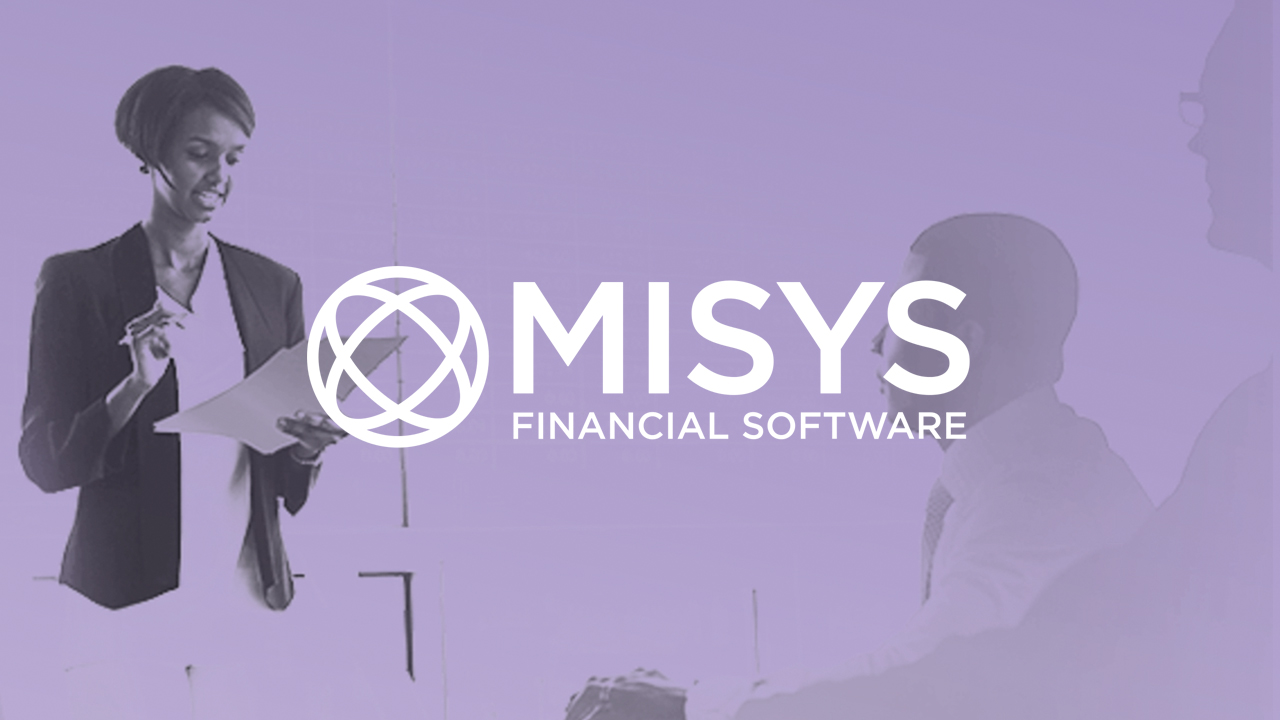The Customer Effect
How Misys’ customer-centric strategy helped land and retain 48 of the top 50 banks
- By implementing the strategy, Misys turned $50 million of lost business to a pipeline worth $200 million
- "A lot of vendors and banks do not make use of the data they have already in their system to improve customer service.”










